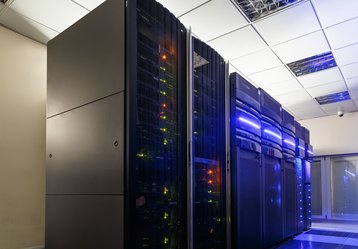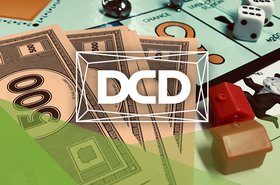Data centers are integral to our modern, connected world. Never has an instrument of technology done so much and yet received such little attention. It is behind every cloud application and every back-up, working behind the scenes to make sure that everyday corporate and consumer tasks are effortless and on-time.
And this all works, until the data center experiences problems. Then, its crucial role in the supply chain is put under extensive scrutiny with questions being asked of data center managers, IT departments and even the C-suite.
But, this is a nightmare scenario which can easily be avoided, as long as the data center is cared and curated for in a manner that befits its integral role at the foundation of the business.
The complexity of the data center
Data centers are complex. Within their unassuming brick and mortar shells live servers, racks and miles of cabling. Each and every piece is needed to ensure the increasing consumption of virtualization and cloud-based app services can be run whenever necessary to the agile and innovative business. After all, these services are now becoming the backbone of business – and organizations can’t afford for them to falter or fail.
Downtime can not only be a logistical nightmare, but a financial one too. This is why data center managers are tasked with keeping the center online and up and running at peak efficiency.
To do so, data center managers use a number of solutions to keep every rack and server in check and available. But what keeps those solutions in check? What is making sure that investments are being maximized? What is hunting out suspect compliance risks and making sure they are properly managed? When it comes to software licenses, this falls to the friend called SAM.
See more from Nlyte
Software Asset Management in the data center
Software Asset Management (SAM) is essential in helping de-clutter the build-up of under- or un-utilized software within a data center and throughout the business, ensuring each instance is used effectively and identified - as well as reducing compliance risks and additional costs where software is not needed. If unchecked, these risks can help contribute to needless expenditure. It provides data center managers with two crucial super powers to run the data center: visibility and knowledge.
Visibility is crucial for data center managers to understand what servers and applications are currently running in the data center. With so much business change it can often be hard to keep track of new hardware and software additions in a complex and shifting infrastructure and software landscape. But, with SAM (and SAM’s friend TAM - or Technology Asset Management), a scan can be taken of the entire estate to list every piece of hardware and every solution on the system, and how they are being used.
Once a data center manager has pinpointed all the assets, SAM is also able to give a deeper understanding of the applications and licenses associated with them. From capacity to CPU and affinity rules as well as virtualization server mobility and much more it can draw information on how the estate is operating and determine what effective, controlled actions need to be taken, such as:
- Identification and Optimization: Identify which software is running on the system and whether it is being underutilized. If underutilized, steps can be taken to make sure the software is used to its full potential
- Additional Costs: Underutilized software can result in organizations purchasing new software and licenses through a mistaken overcompliance or to fix false need
- Compliance Risks: Eliminate compliance risks by managing licences effectively from key vendors
Curating the data center
It can often be difficult to bring about change in unsexy areas. Sticking with that has worked in the past can be the easiest option, even if new hardware and software keeps getting added and costs are ballooning. However, there comes a point when every data center manager must take a step back and question whether they are controlling the center or the center is controlling them.
When that point comes, SAM and TAM hold the insight.
These technologies grant data center managers the visibility and knowledge to take action against compliance risks and a plethora of rising costs and inefficiencies. After all, such improvement is often necessary to not only keep up with the industry but to blaze a trail for effective IT leadership.





